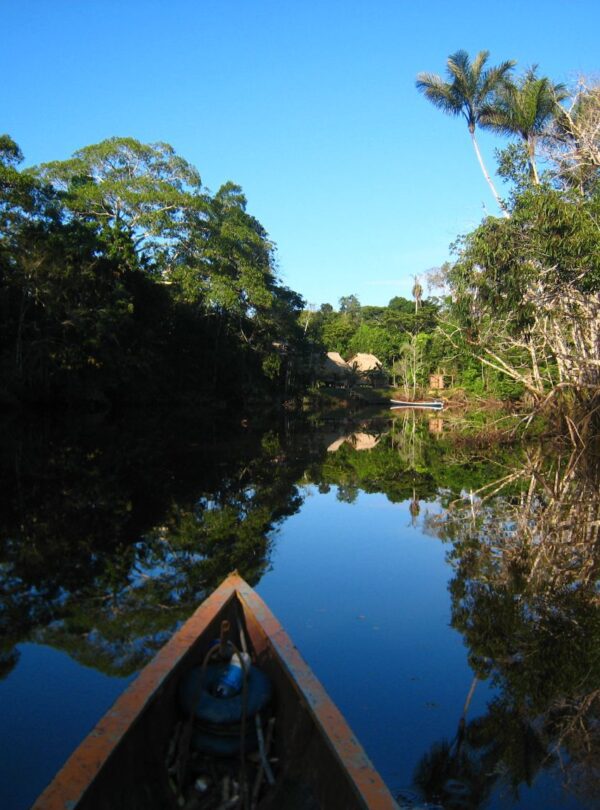
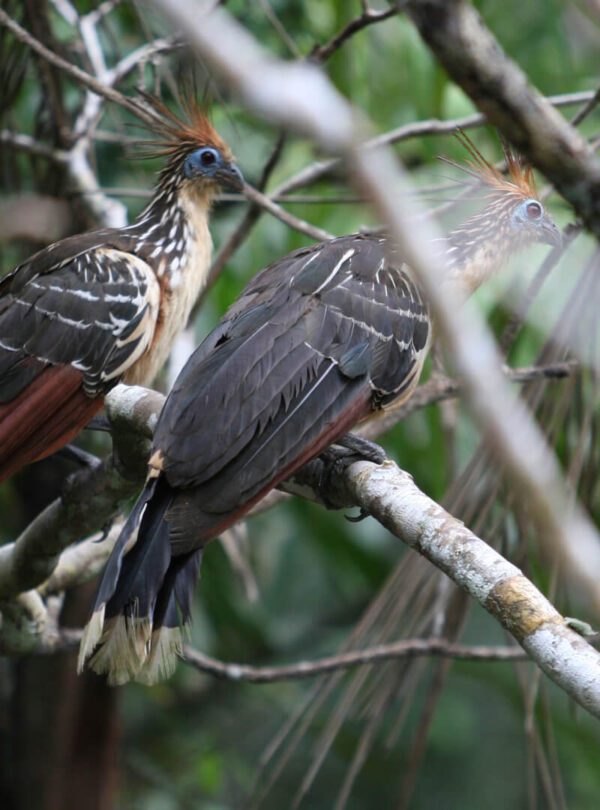
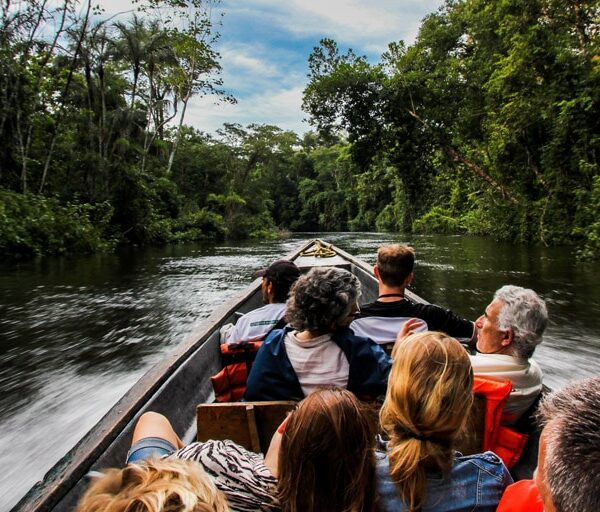
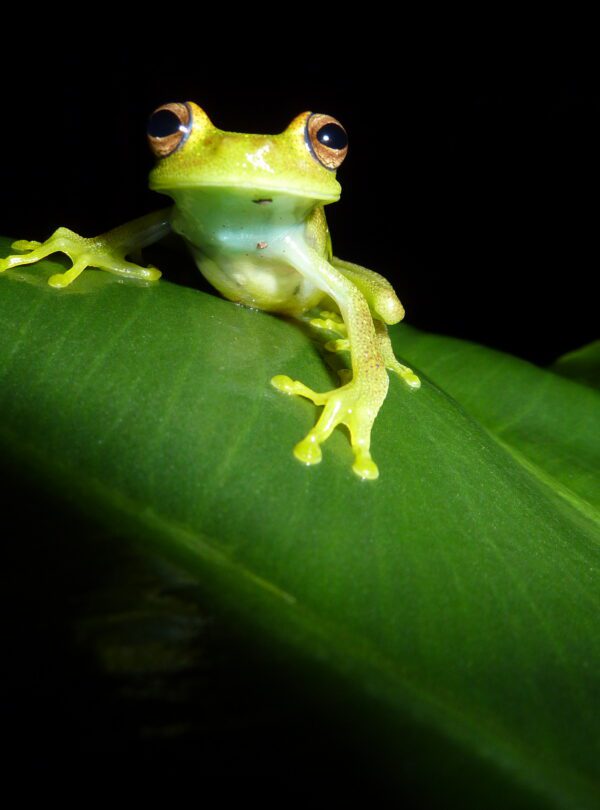
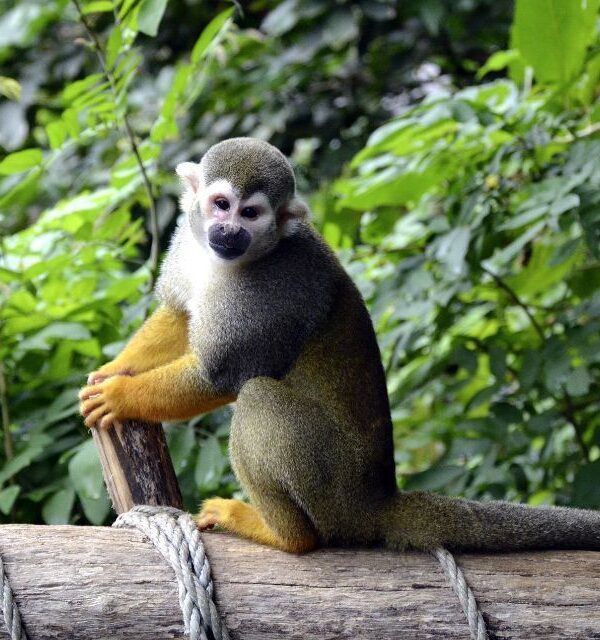




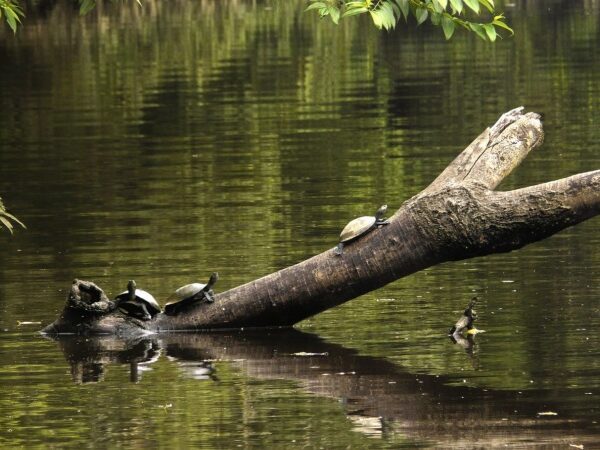
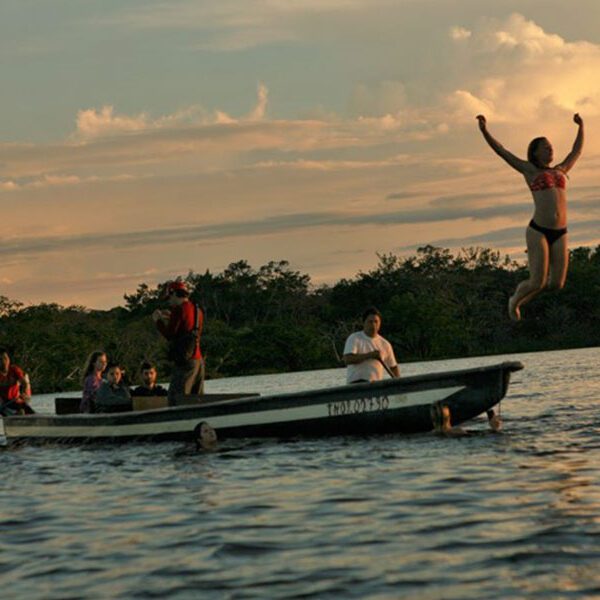
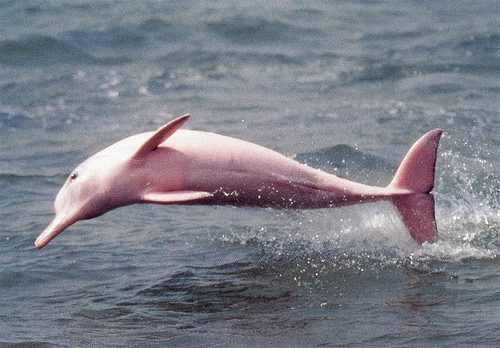
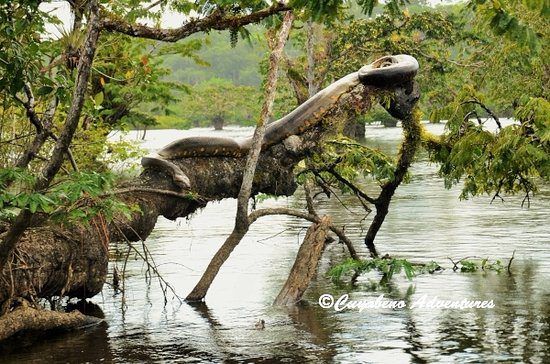
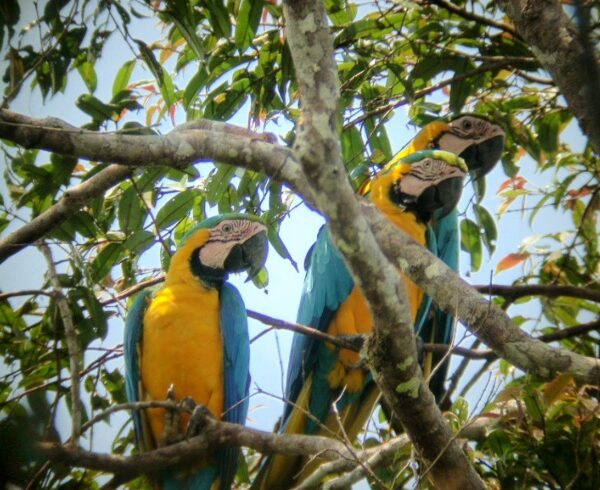
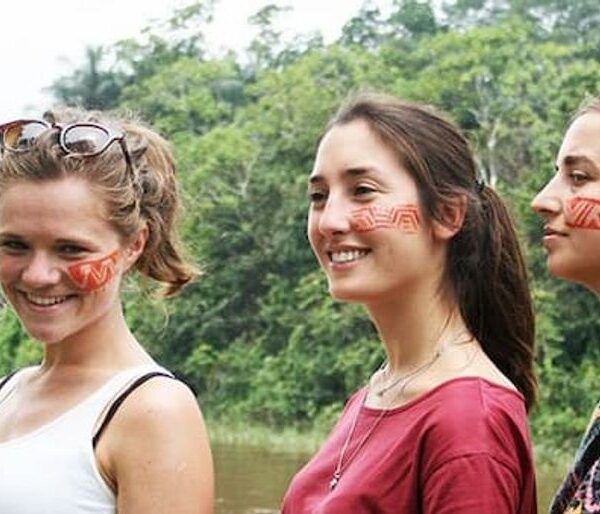
The Amazon region is characterized by large tracts of tropical forest where trees such as ceibo, sand, and mahogany can easily reach more than 50 meters in height.
However, there are areas where water replaces the firm ground, rivers are suddenly required in narrow channels, large and medium-sized lagoons appear, and the canoe is the only way to move among the trees and vegetation.
They are the flooded forests of the Amazon, a good part of which is protected within this great reserve. The protected area takes its name from the Cuyabeno River, which overflows in its middle course, originating a complex of 14 lagoons and forming the largest wetland in the Ecuadorian Amazon.
These flooded forests are the territory of dolphins, manatees, caimans, anacondas, and otters, and of the guarango de agua, the most unique tree in the reserve; Thanks to its special adaptations, it can grow on the banks of rivers and lagoons, creating a magical and mysterious environment that attracts thousands of visitors every year.
The reserve is also considered one of the protected areas with the greatest cultural diversity in the Ecuadorian Amazon. Here there are indigenous communities of Siona, Secoya, Cofán, Kichwa, and Shuar.
Encounter the unique pink dolphin swimming down river.
Encounter the unique pink dolphin swimming down river.
Don’t swim at night on the shores.
The best sunsets on the Amazon.
Climb a Birdwatching Tower and experience everything at tree level.
Canoe down river watching anacondas
Long sleeved pants (preferable not jeans) and long shirts for hiking in the rainforest (also good protection from mosquitos). Light jacket (it can be a bit cold at night and during the journeys by canoe).
Light rain coat. Shorts, T-Shirts. Sun hat and sunscreen. Sneakers and sandals. We provide you with rubber boots and rain ponchos. Insect repellent (not in spray if it is possible in order to avoid environmental contamination).
Sunglasses and swimwear for swimming in the lagoon. Your own medicine, personal toiletries (we provide you with shampoo and soap, bioodegradable depending on the lodge). Flash light for an awesome night walk.
Your personal documents and money in small denominations handicrafts, for the visit to the Siona Community and Chamán (USD 8-10) and/or for any additional beverages in the bar. A medium backpack (the space in the canoe is limited) and a little backpack.
A good camera to capture the amazing natural life and your unique experience in this hot-spot of biodiversity is always recommended.
Optional items: Dry bags to put your clothes in (Any plastic that comes to Cuyabeno has to leave as well to maintain this pristine forest). If you have, bring on your binoculars with you.
Tropical and humid due to our location at the equator in the Amazon Lowland. The annual temperature averages 25°C (77°F) with a daily minimum temperature of 20°C (68°F) and a maximum temperature of 30°C (86°F).
Night temperatures are pleasant and fresh at around 18°C (64.4°F) but can get cold during rainy nights.
Humidity ranges from 80 to 100% with an average of 3000 mm of rainfall a year. The area experiences a drier season from December to March and a wetter season from April to July.
It’s always Smart (although not indispensable) to have the basic vaccinations such as tetanus and hepatitis A. Cholera, typhoid and yellow fever are unknown in the region.
Malaria prevention is a matter of choice. In this specific area, there is a small/moderate incidence of malaria. While the more serious form of “malaria tropicana” is very uncommon, all other strains of malaria do exist and are treatable with chloroquine or equivalents.

Sales Contact: +593 96 867 7580
Email: contact@smartgalapagos.eu
Adress: Mirasierra, Quito-Ecuador.

©2022 All Rights Reserved – Smart Galapagos Europe – Quito, Ecuador